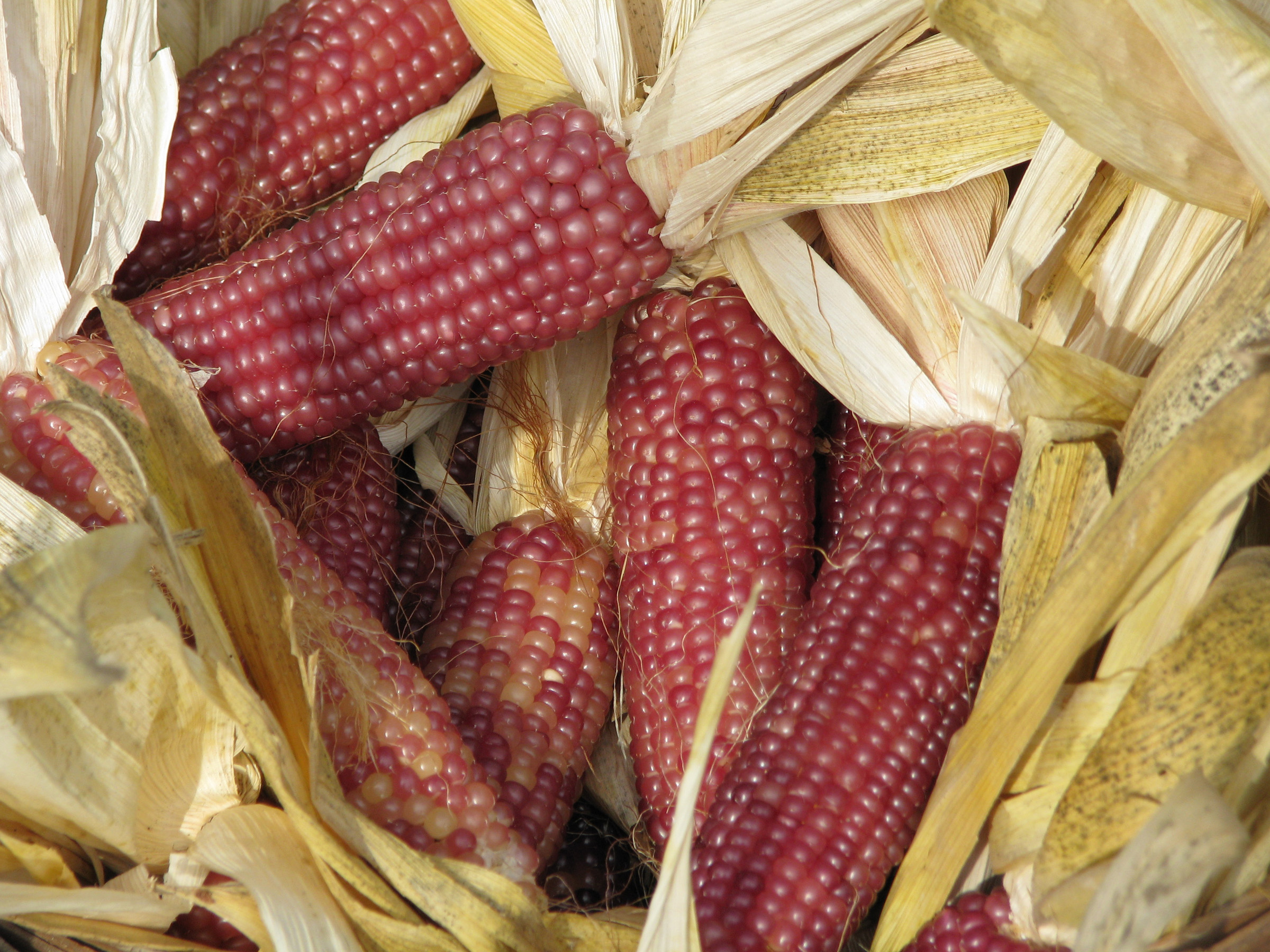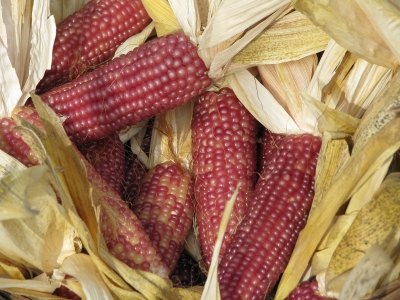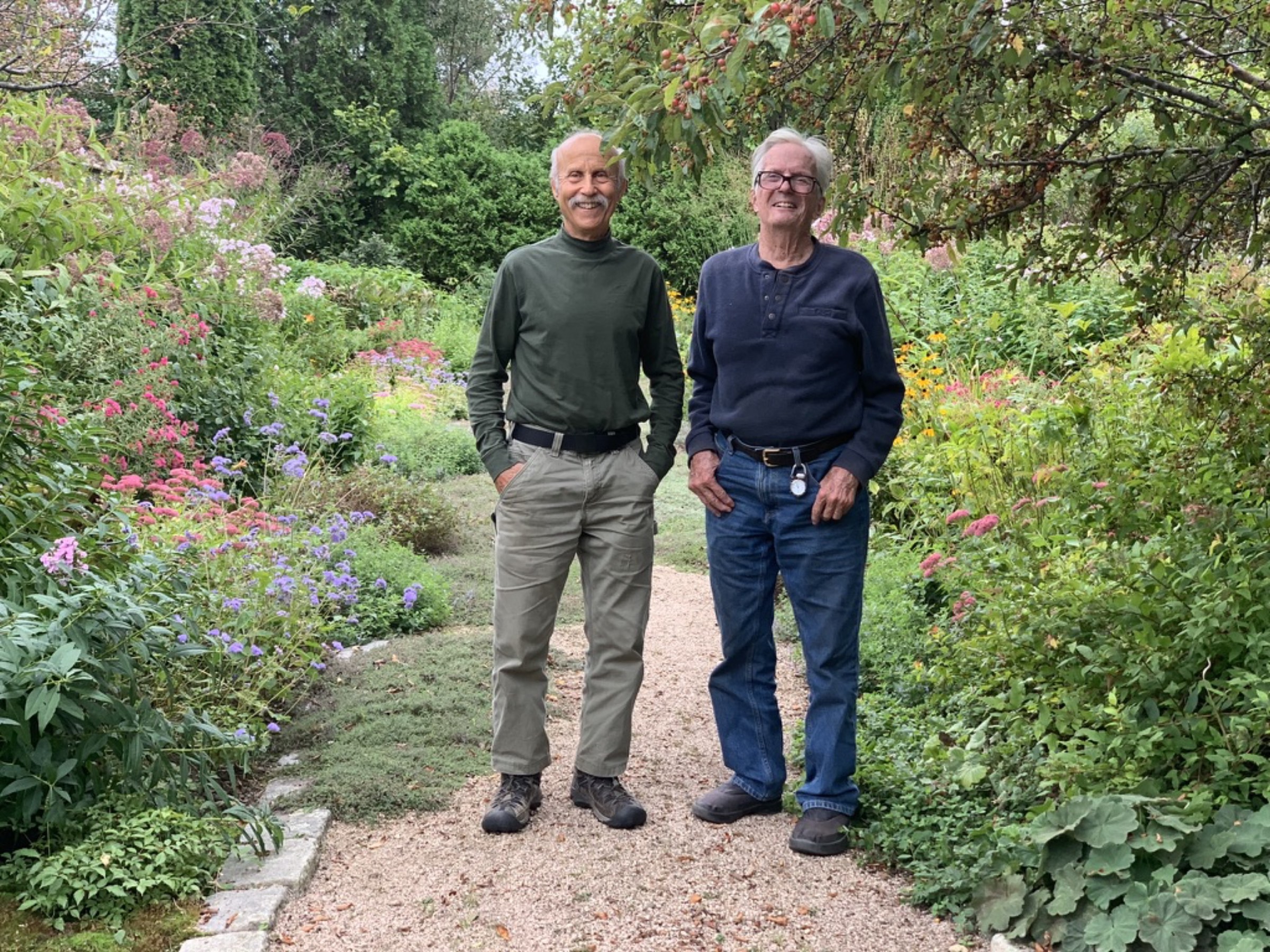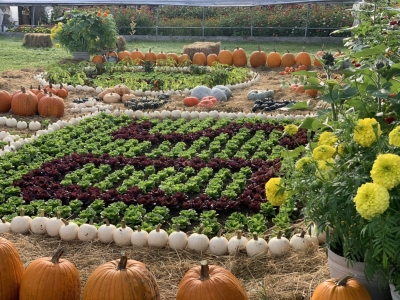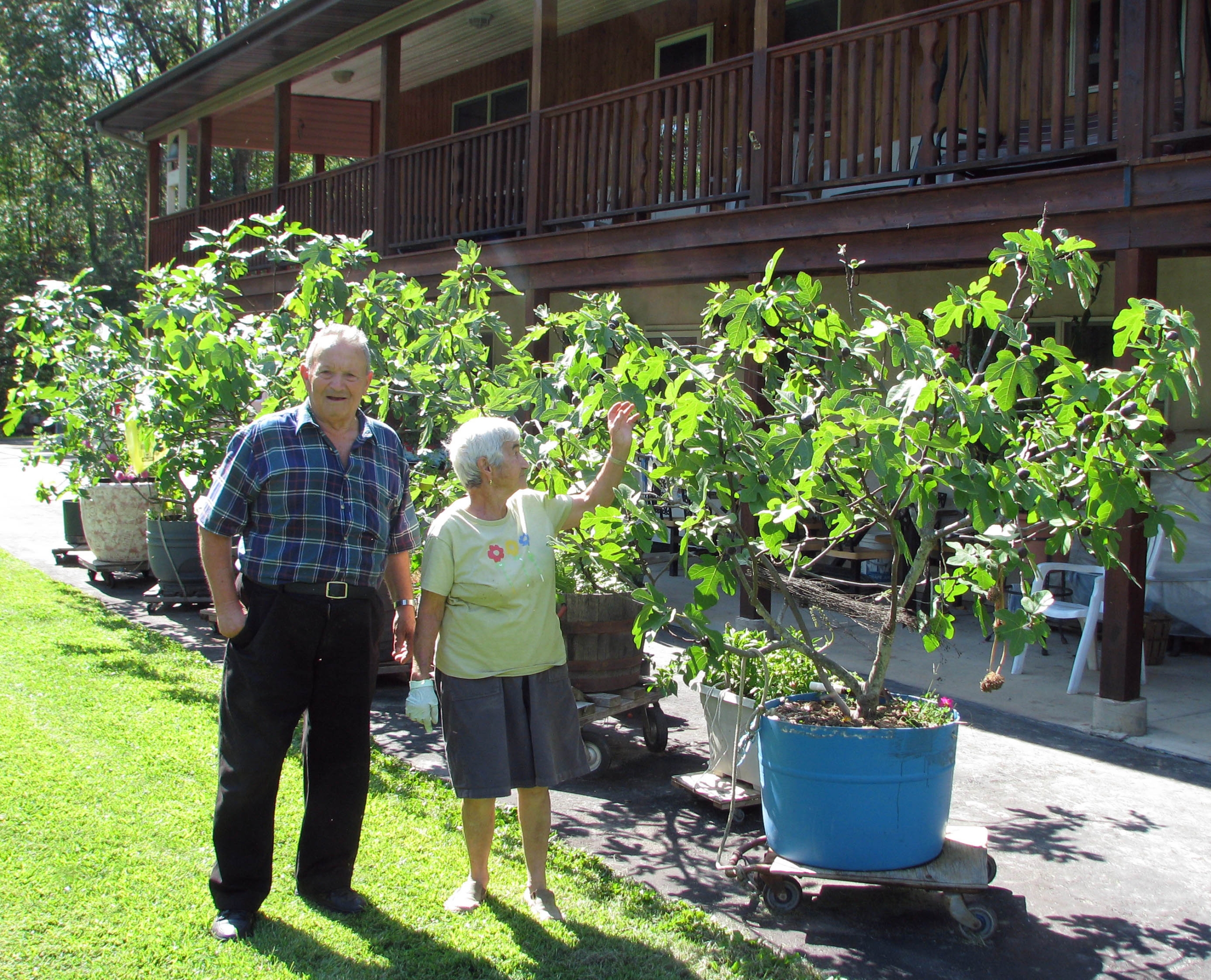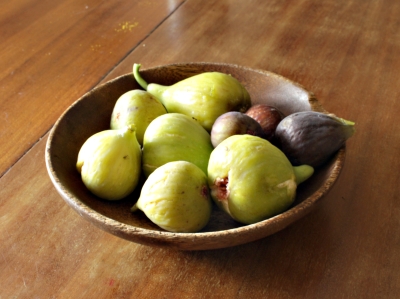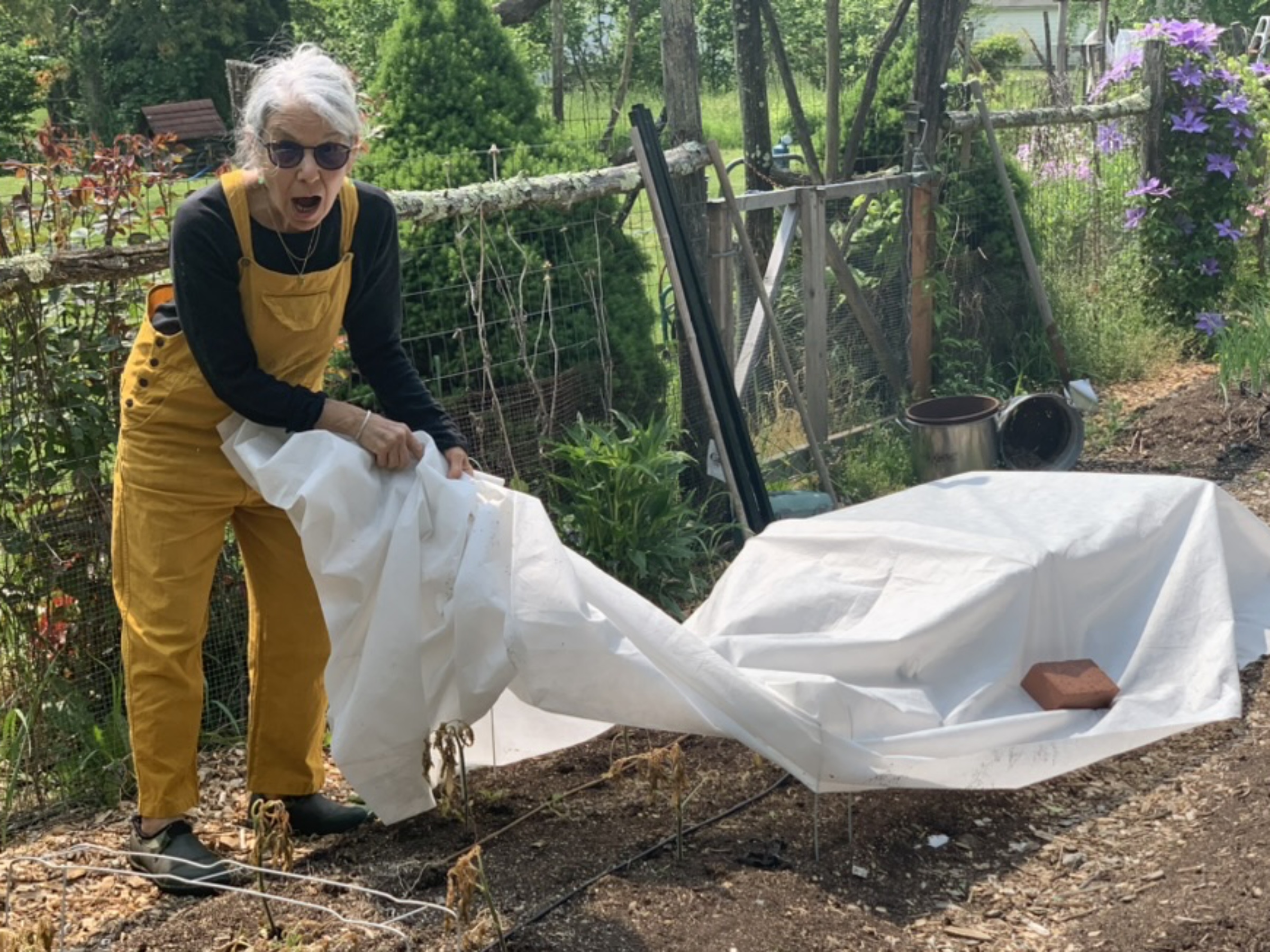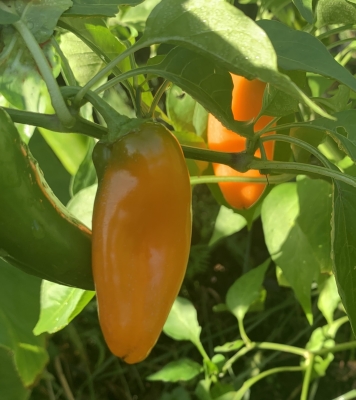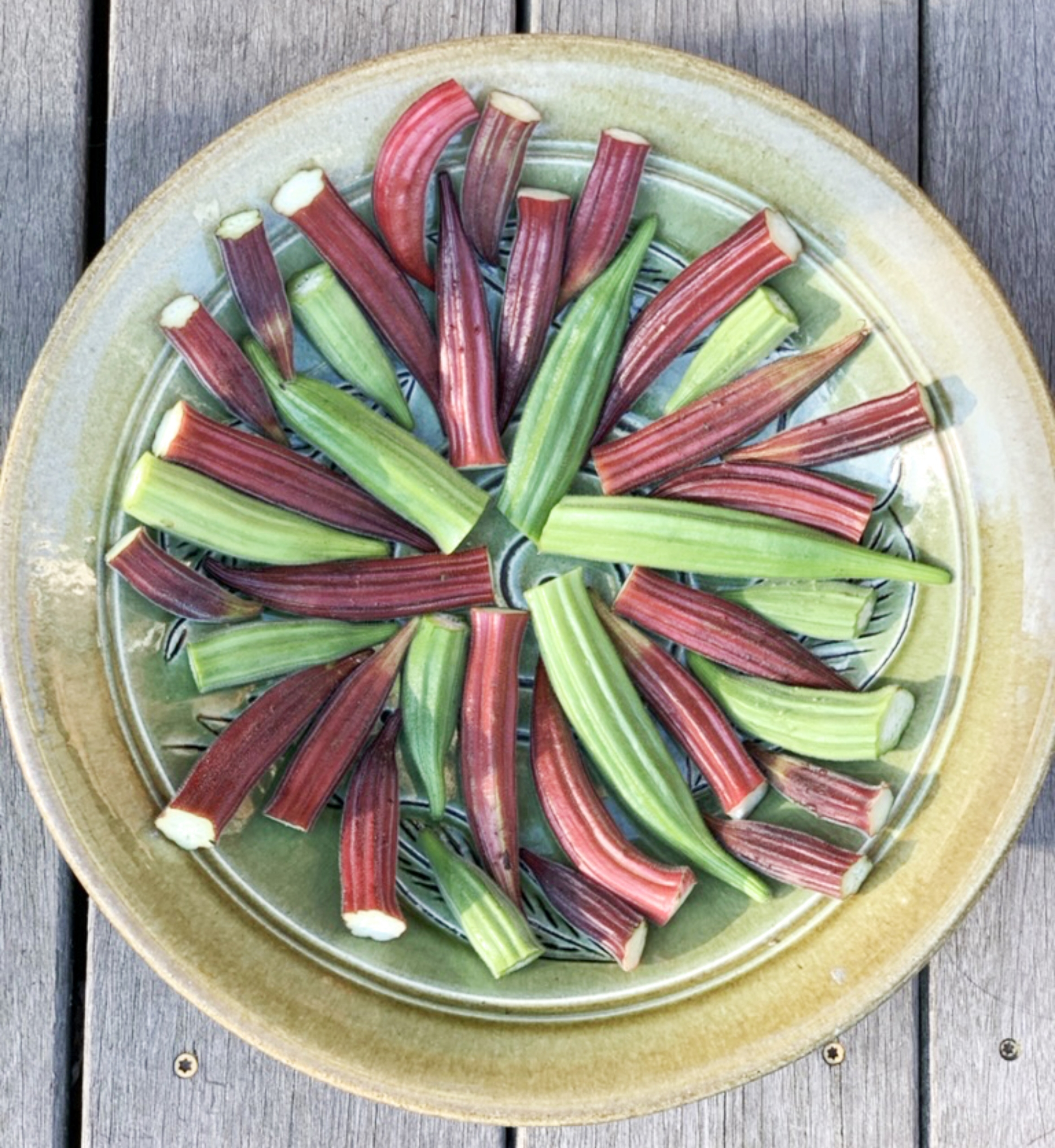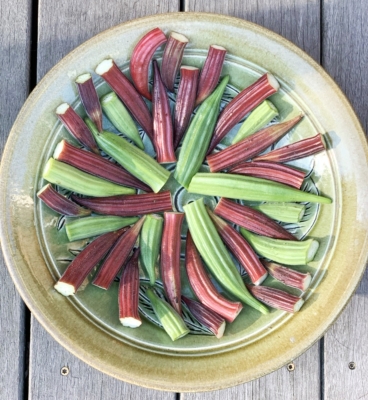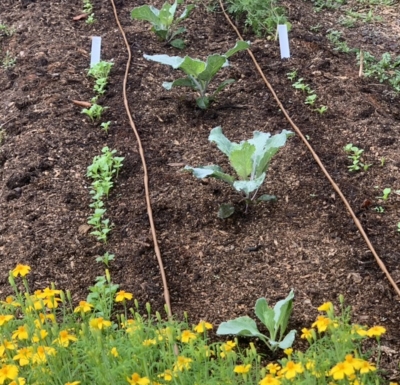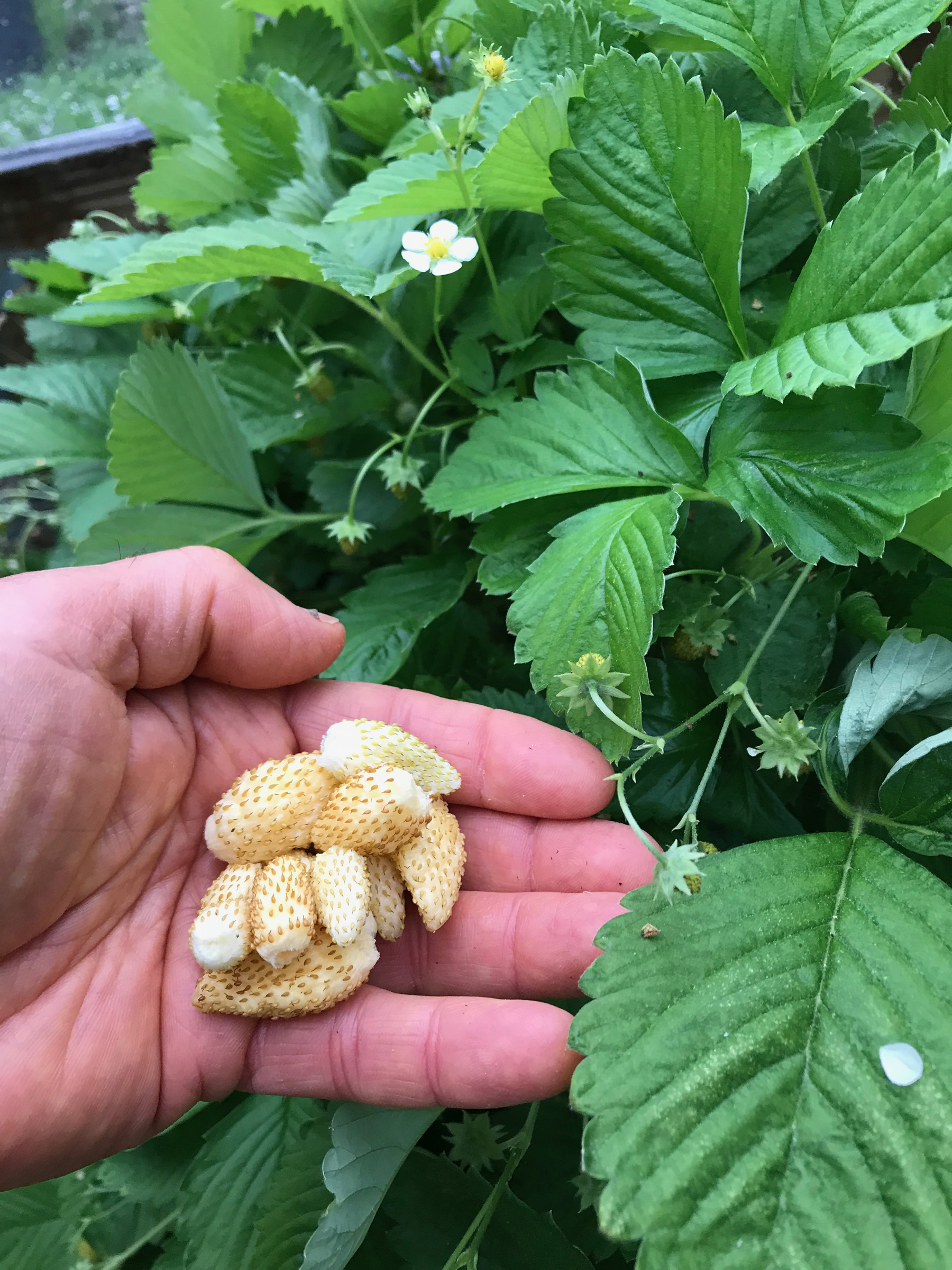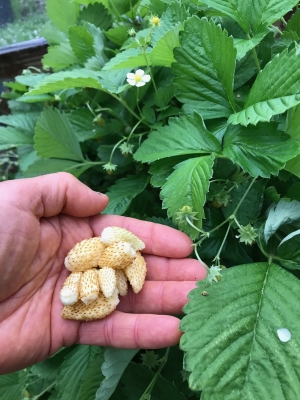PRUNER SHEARS POISED AND READY
Why Now?
A strong urge this time of year, especially on clear, balmy days, has many gardeners wandering about their gardens with pruning shears in hand, clipping back old leaves and stems in an effort to tidy up the garden for the winter. In some cases, this clipping is good for the plants; in other cases it is not.
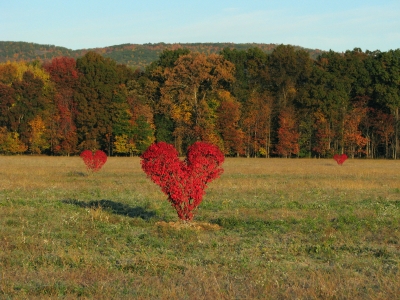
Topiary by Keith Buesig
One rationale for clipping stems and leaves off plants is to reduce certain pest problems next season. I’ll soon be cutting down all the old asparagus stems, usually waiting until they yellow and are anyway no longer “charging” the roots with energy. Cutting them all to ground level and composting the tops reduces the number of beetles present next spring. Read more

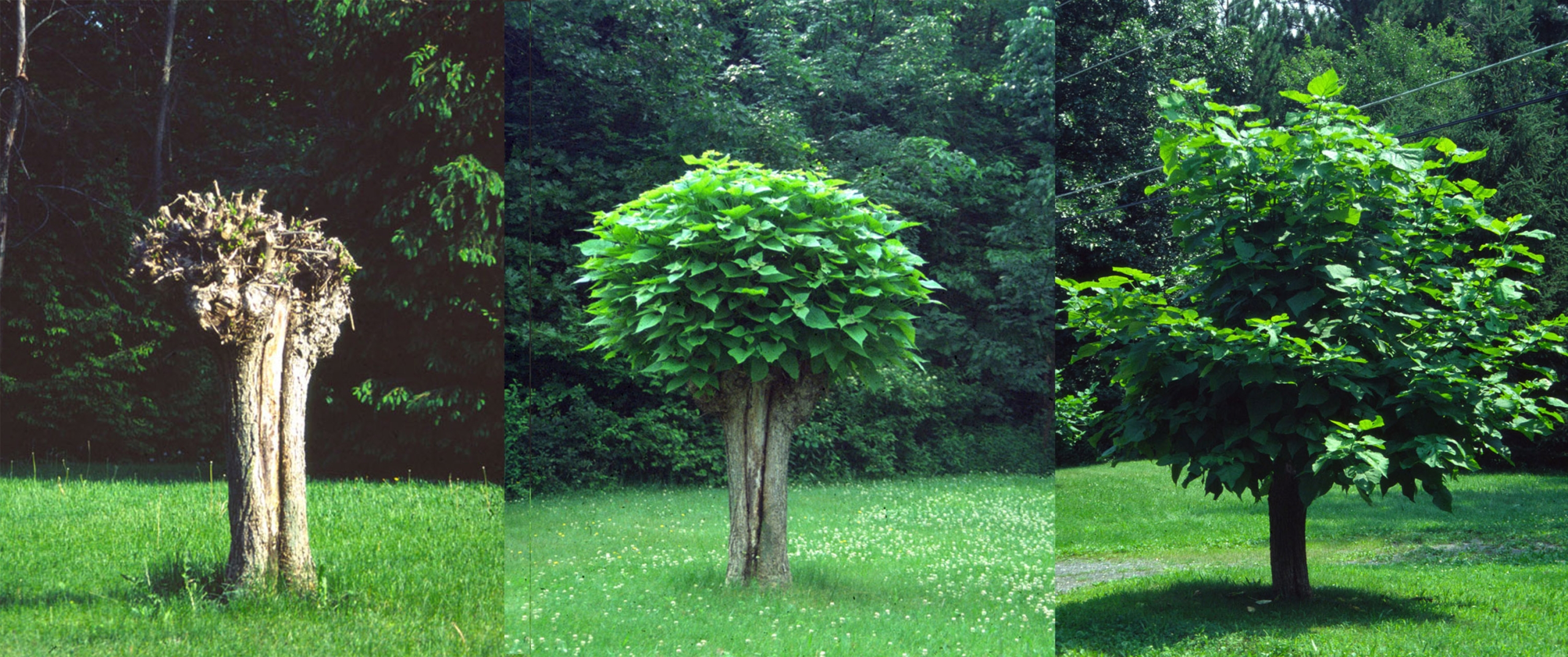
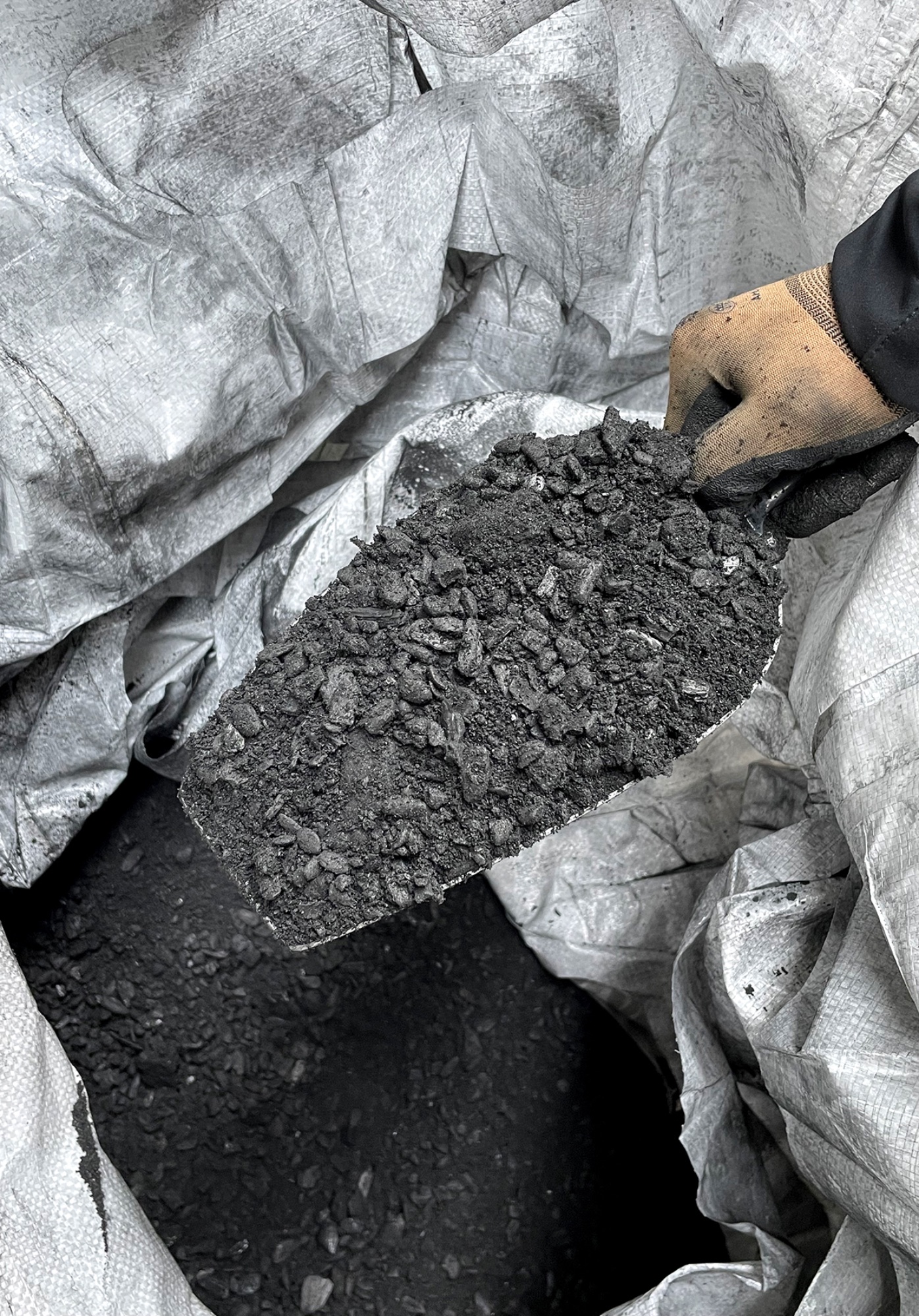
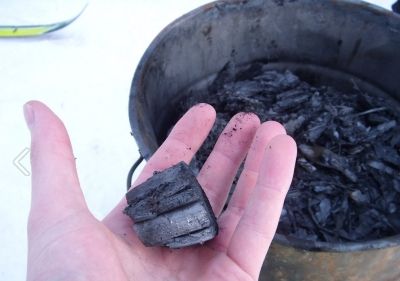 Rather than releasing the carbon in wood or other material into the atmosphere as carbon dioxide by burning it or allowing it to decompose, the carbon in biochar remains locked up. Less carbon dioxide in the atmosphere means less global warming.
Rather than releasing the carbon in wood or other material into the atmosphere as carbon dioxide by burning it or allowing it to decompose, the carbon in biochar remains locked up. Less carbon dioxide in the atmosphere means less global warming.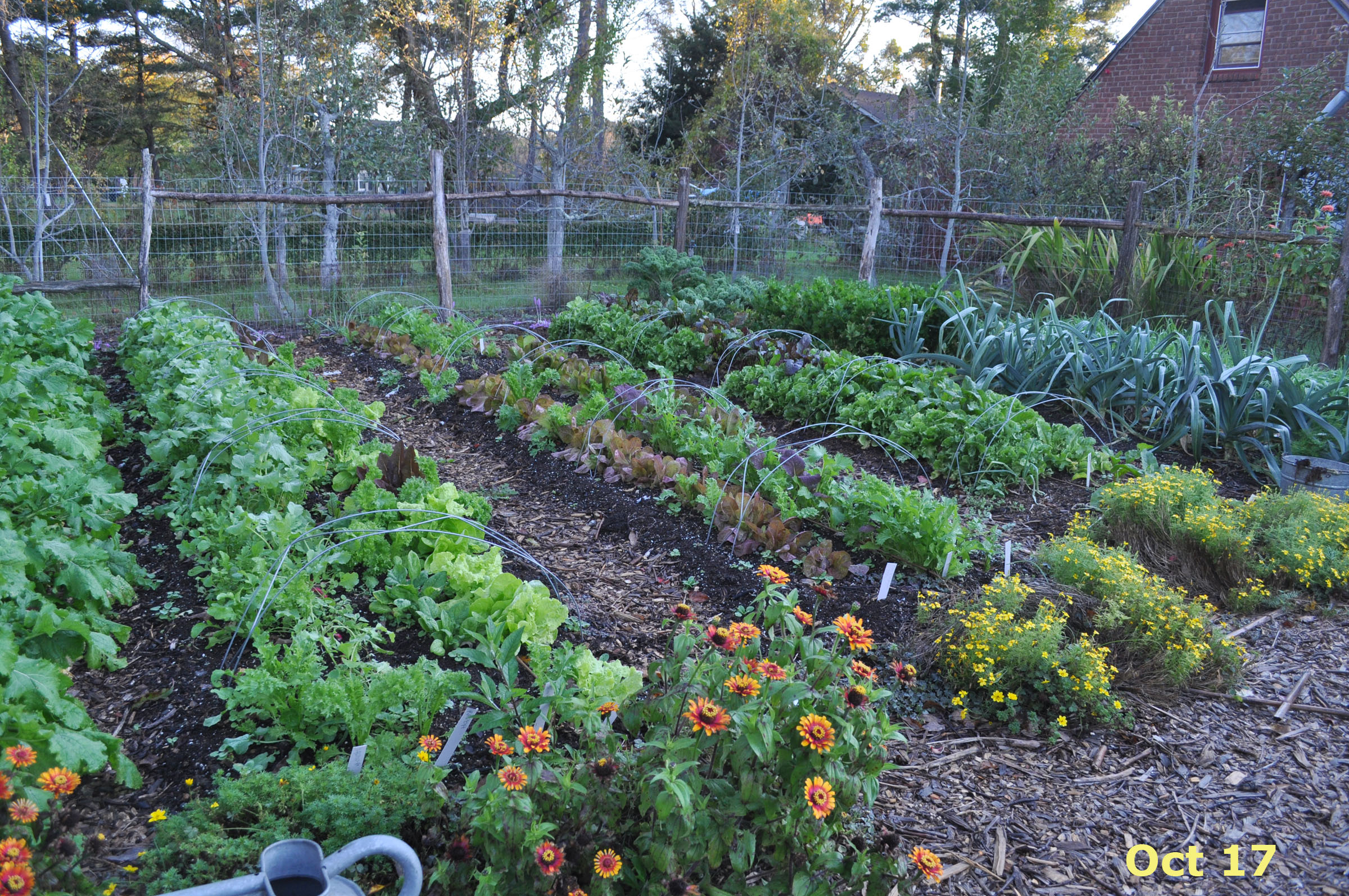
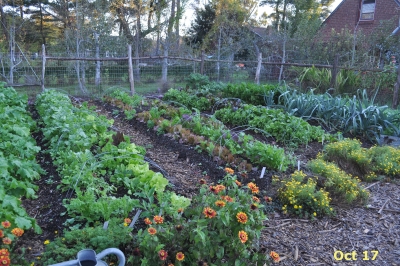 Recently, as I opened and walked through the gate into my vegetable garden, I thought, hmmm, things are looking pretty spiffy in the garden. Even a seasoned gardener friend remarked, “There’s so much green!” And that green is not from weeds, but from neat rows of napa cabbages, large heads of lettuce in various shapes and shades of green, and dark green rows of arugula and mustard. Leafy tops of Watermelon radishes (the name from the look of the sliced roots, not any affinity in flavor) and sweet Hakurei turnips perched above swelling roots.
Recently, as I opened and walked through the gate into my vegetable garden, I thought, hmmm, things are looking pretty spiffy in the garden. Even a seasoned gardener friend remarked, “There’s so much green!” And that green is not from weeds, but from neat rows of napa cabbages, large heads of lettuce in various shapes and shades of green, and dark green rows of arugula and mustard. Leafy tops of Watermelon radishes (the name from the look of the sliced roots, not any affinity in flavor) and sweet Hakurei turnips perched above swelling roots. 